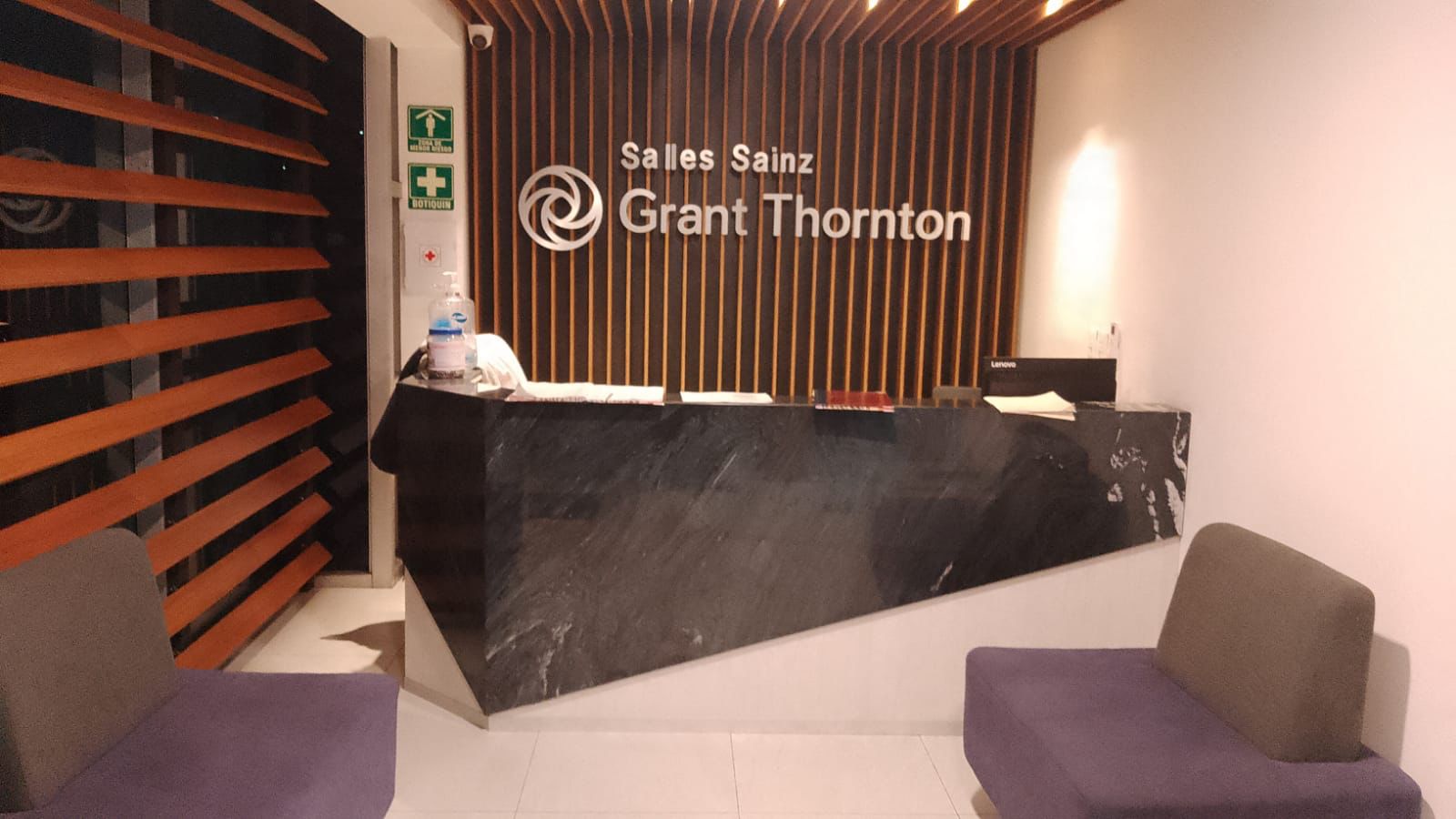Why Selling Less can Generate more Profit

Discover insights about selling less generate more and their relevance in today's dynamic business environment.
In the increasingly competitive world of business, there’s a belief as ingrained as it is wrong: “more customers, more sales, more profit.” But what if selling less can make you earn more?
Yes, you read that right. Not all customers are created equal, and trying to sell to everyone is like trying to fill a basket with water: exhausting, inefficient, and frustrating. It’s time to apply the Pareto rule in sales and seriously consider the “High Value, Low Volume” philosophy.
80/20: Pareto’s Law and Sales
If you have a business, you’ve probably noticed that 80% of your income comes from just 20% of your customers. This is no coincidence, but Pareto’s Law in action. Surely, you already knew that; however, for some strange reason, many entrepreneurs and sales managers insist on spending time and resources chasing the other 80% of customers who barely contribute with crumbs.
The solution is obvious: identify those key customers and give them VIP treatment. It’s not about selling more to just anyone, but about selling intelligently to those who really impact your profitability. And also learn to say “no.”
Key Customers: Less Is more (profitable)1513
Not all customers deserve your effort. Some only look for discounts, haggle to the point of embarrassment, and disappear at the first change in the market or a few pesos in the competitor’s price. On the other hand, there are customers who value your product, are willing to pay what is fair (or more), and, even better, recommend you to other premium customers.
This is where strategic selection comes in. Define who your high-value customers are and how you can build loyalty with them. Investing in them means more revenue with less effort.
High Value, Low Volume: the Strategy of Winners2120
More products sold does not necessarily mean more money. There are entire industries that base their business model on selling less, but with high profit margins. Think of luxury Swiss watches, specialized coffee shops, or haute cuisine restaurants.
Betting on a “High Value, Low Volume” strategy implies offering higher quality products or services with a price that reflects their value. This reduces operating costs, avoids problematic customers, and optimizes your profitability.
A coffee shop that sells specialty coffee doesn’t need to compete with large commercial coffee chains that sell liters of overpriced coffee. Instead, it can focus on offering selected beans, artisanal roasting, and a premium sensory experience. This allows it to sell less volume, but with a much higher profit margin.
Selling Strategically: the Key to Sustainable Growth2990
The mistake of many businesses is to focus on the quantity rather than the quality of sales. Why sell a thousand units if with a hundred well-selected ones you can earn the same or more?
Adjust your approach:
- **Segment your customer portfolio** and focus on the most profitable ones.
- **Improve your value proposition** to attract premium customers.
- **Increase prices strategically** instead of competing on volume.
The goal is not to sell more, but to sell better. If you keep chasing every possible customer, you will end up exhausted and with ridiculous profit margins. On the other hand, if you design a smart strategy based on high-value customers, you’ll see how working less can make you earn more and enjoy your business.
Because, as Guy Kawasaki rightly says: “In the end, you are either different or you are cheap.” Which do you choose to be?
You Might Also Be Interested In…
More Articles

Who Forms the Investment Promotion Business Council? Convened by Sheinbaum
Dec 4, 2025

Buen Fin 2025 vs. Black Friday: Which Offers the Best Discounts?
Nov 13, 2025

CNTE Protest in Guadalajara on November 14: Traffic Impacts Expected
Nov 13, 2025

Guanajuato Ranks 4th in Distributed Generation with Photovoltaic Projects: 85% Growth Since 2022
Dec 3, 2025

How to Apply for a Visa from San Luis Potosí for the 2026 World Cup?
Nov 28, 2025

Salles Sainz Grant Thornton: Leadership that Transforms the Client Experience
Dec 1, 2025
